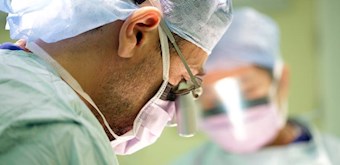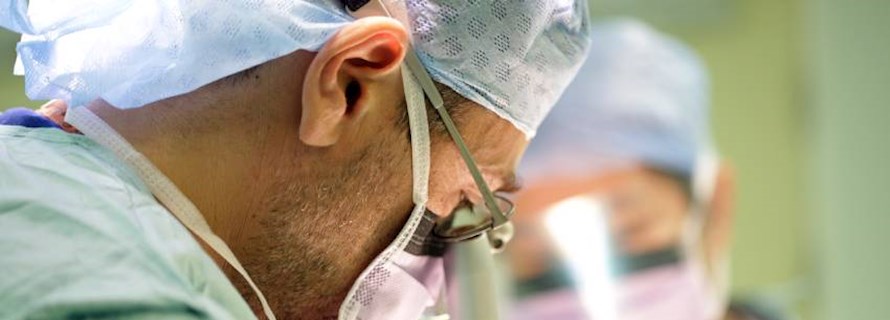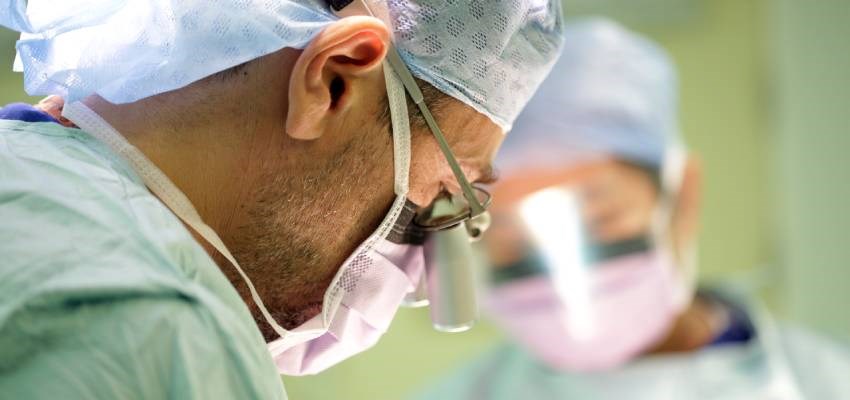Brachial plexus injury
A network of nerves that are intertwined and control movement and sensation in the arms and hands
Our leading peripheral nerve surgeon can diagnose and treat loss of function and pain caused by a brachial plexus injury
What is the brachial plexus?
Brachial plexus injuries happen when the arm is forcefully pulled or stretched. Falls, motorbike and car accidents and weapons can cause the injury.
Need to know
-
What are the symptoms of a brachial plexus injury? icon plus
A brachial plexus injury in adults may involve each individual root and can result in:
- avulsion (the root is torn from the spinal cord)
- rupture (a tear at root level)
The most common symptoms of brachial plexus injury include:
- weakness or numbness
- loss of sensation
- paralysis
- pain
Neuropathic pain might mean that the root is torn from the spinal cord. It usually feels like stabbing, crushing, burning and tingling. If there is an electric sensation down the arm when the side of the neck is tapped (Tinel's sign), an urgent nerve repair operation is carried out. Nerve repairs are more successful carried out soon after the injury.
-
How do you diagnose a brachial plexus injury? icon plus
Your consultant will discuss your symptoms with you and help to make a diagnosis. If you've been in an accident, the diagnosis will be performed urgently. They will conduct a physical exam on all nerve groups controlled by the brachial plexus and look at the whole upper limb for symptoms. If they suspect brachial plexus injury, they might order the following:
-
Potential treatment options icon plus
Urgent surgery may be performed when there's been trauma and there's a Tinel’s sign (an electric sensation shooting down the arm). This means there's a good chance that the nerve can be saved.
In less urgent cases, surgery may be recommended if the nerve isn't healing on its own. Your surgeon will either reattach both sides of a severed nerve (nerve repair) or use a nerve from somewhere else in your body (nerve graft) to guide the existing nerve fibres and help them grow into the muscle. The process of the nerve healing itself takes time and your doctor may recommend physiotherapy to prevent joint and muscle stiffness.
Mr Marco Sinisi - Peripheral Nerve Specialist
At HCA Healthcare UK, we work with leading consultants to enable access to the the latest techniques and treatment.
Mr Marco Sinisi is our lead consultant for Peripheral Nerve Injuries based at The Wellington Hospital. Mr Sinisi has a comprehensive knowledge of nerve injuries and has experience in a wide range of nerve problems from trauma through to sports injuries. He is experienced in managing complex nerve conditions as well as performing complex nerve operations.




Our locations
From complex nerve injury surgery to tests and diagnostic procedures, we provide exceptional peripheral nerve care across our network of hospitals, outpatient centres and specialist clinics.
-
Peripheral Nerve Injury (PNI) Unit
The PNI Unit at The Wellington Hospital
Wellington Place
London NW8 9LE
-
The Wellington Hospital Elstree Waterfront
The Waterfront Business Park
Beaufort House, Elstree Road
Elstree WD6 3BS
Book a peripheral nerve appointment
We're happy to help you make an appointment with Mr Marco Sinisi. We can also make imaging and outpatient physiotherapy appointments for you.
Call us today
020 7079 4344